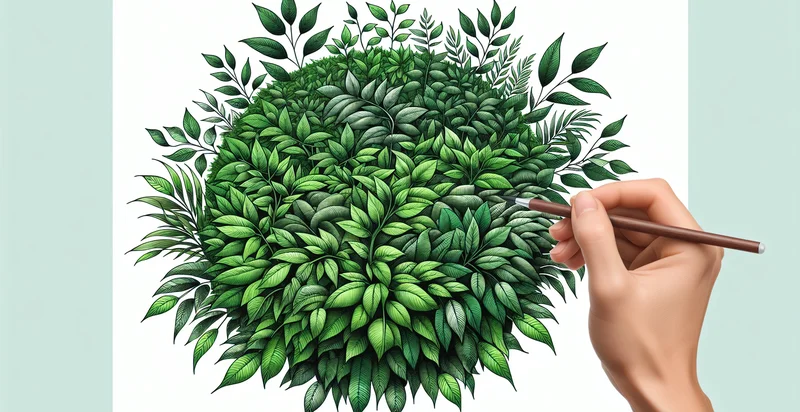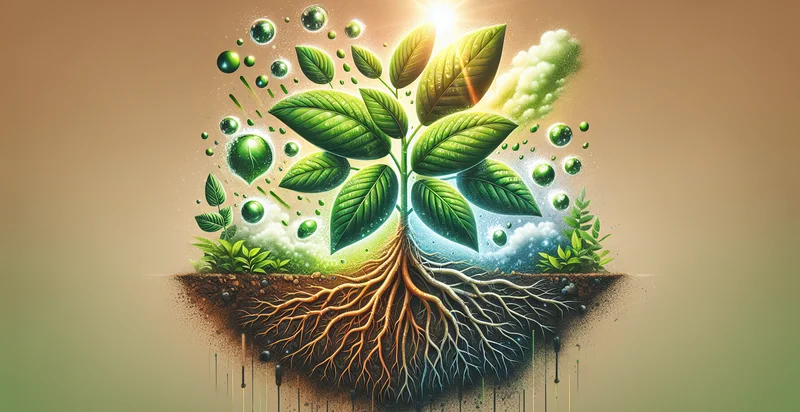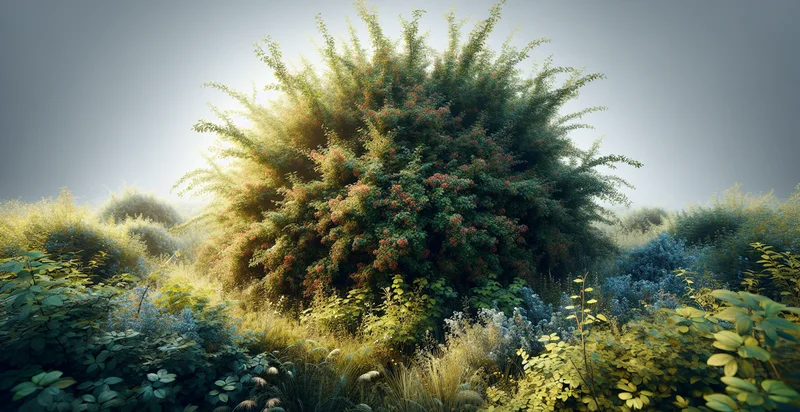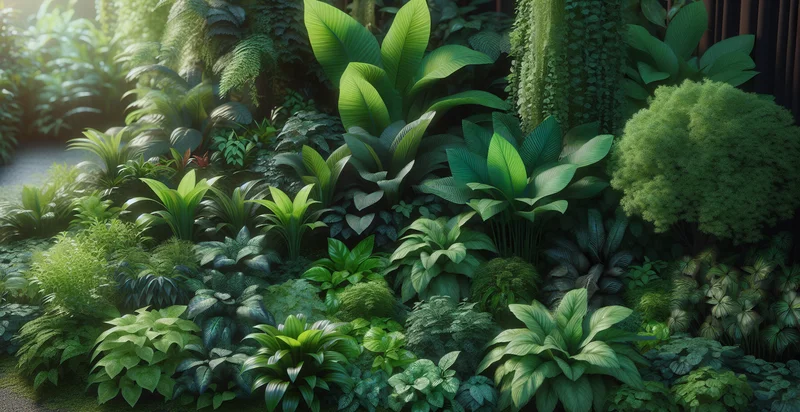Identify if there is a plant
using AI
Below is a free classifier to identify if there is a plant. Just upload your image, and our AI will predict if there is a plant - in just seconds.

Contact us for API access
Or, use Nyckel to build highly-accurate custom classifiers in just minutes. No PhD required.
Get started
import nyckel
credentials = nyckel.Credentials("YOUR_CLIENT_ID", "YOUR_CLIENT_SECRET")
nyckel.invoke("if-there-is-a-plant", "your_image_url", credentials)
fetch('https://www.nyckel.com/v1/functions/if-there-is-a-plant/invoke', {
method: 'POST',
headers: {
'Authorization': 'Bearer ' + 'YOUR_BEARER_TOKEN',
'Content-Type': 'application/json',
},
body: JSON.stringify(
{"data": "your_image_url"}
)
})
.then(response => response.json())
.then(data => console.log(data));
curl -X POST \
-H "Content-Type: application/json" \
-H "Authorization: Bearer YOUR_BEARER_TOKEN" \
-d '{"data": "your_image_url"}' \
https://www.nyckel.com/v1/functions/if-there-is-a-plant/invoke
How this classifier works
To start, upload your image. Our AI tool will then predict if there is a plant.
This pretrained image model uses a Nyckel-created dataset and has 2 labels, including No Plant and Plant Present.
We'll also show a confidence score (the higher the number, the more confident the AI model is around if there is a plant).
Whether you're just curious or building if there is a plant detection into your application, we hope our classifier proves helpful.
Related Classifiers
Need to identify if there is a plant at scale?
Get API or Zapier access to this classifier for free. It's perfect for:
- Smart Agriculture Monitoring: This function can be integrated into precision farming systems to identify the presence of plants in various fields. Farmers can receive real-time data about plant health and density, allowing for better resource allocation and improved crop yields.
- Environmental Conservation: Conservationists can utilize the plant identification feature to monitor biodiversity in various ecosystems. By detecting the presence of native or invasive plant species, they can develop targeted conservation strategies to protect vulnerable habitats.
- Urban Greening Initiatives: City planners can use this technology to assess green spaces in urban environments. Identifying where plants are thriving or lacking can aid in the planning of community gardens, parks, and other green initiatives to improve urban living conditions.
- Landscape Management: Landscaping companies can employ plant identification in residential and commercial properties to provide tailored maintenance services. By knowing which plants are present, services can be optimized for proper care, pest control, and pruning schedules.
- Robotic Gardening: This function can enhance robotic gardening solutions by allowing autonomous devices to recognize and interact with plants. Garden robots can perform tasks like watering, weeding, and harvesting effectively, reducing the need for manual labor.
- Biological Research: Researchers in botany can utilize this classification feature for studies and field research. Quickly identifying plant species in various locations can assist in documenting ecological changes, species distribution, and adaptation strategies in response to climate change.
- Home Plant Care Apps: Applications designed for home gardening enthusiasts can incorporate this functionality to help users assess their indoor or outdoor plants. By identifying the plants present in a user's garden, the app can provide tailored care instructions, watering schedules, and pest management tips.


